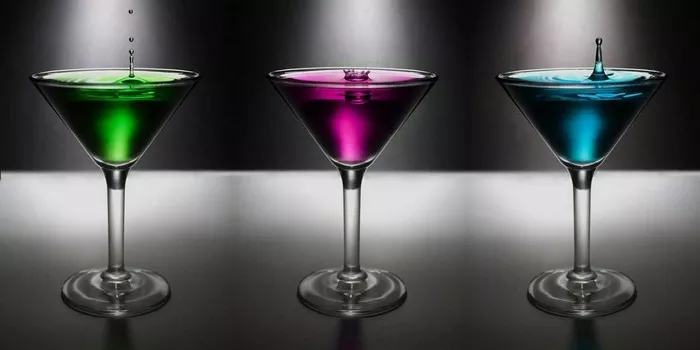In today’s health-conscious world, enjoying a cocktail doesn’t have to derail your fitness goals. With a mindful approach to ingredients and portion sizes, you can savor your favorite drinks without worrying about unwanted calories. Let’s explore how to choose cocktails that are lower in calories and sugar, and how to enjoy them responsibly.
Understanding Cocktail Calories
Cocktails, by nature, can vary widely in their calorie content. Factors such as the type and amount of alcohol, mixers used, and additional ingredients significantly influence their nutritional profile. For instance, a classic margarita made with sugary mixers can pack over 300 calories per serving, whereas a vodka soda with a splash of lime juice might contain less than 100 calories. Being aware of these differences allows you to make informed choices when ordering or preparing cocktails.
Choosing Low-Calorie Spirits
The base spirit of a cocktail forms its caloric foundation. Opting for lower-calorie spirits like vodka, gin, or tequila can help keep calorie counts down. Vodka, for example, typically contains around 65 calories per ounce, making it a popular choice for those watching their calorie intake. When crafting cocktails, selecting these spirits as primary ingredients sets a favorable base for a healthier drink option.
See Also: How do you make a manhattan cocktail drink?
Mindful Mixer Selection
Mixers often contribute the most calories and sugars to cocktails. Sweetened sodas, fruit juices, and syrups can transform a drink into a calorie bomb. Choosing diet sodas, sparkling water, or fresh citrus juices as mixers can significantly reduce calorie content without sacrificing flavor. Experimenting with herbs and natural sweeteners like stevia or agave syrup can also enhance taste while keeping calories in check.
Portion Control Matters
The size of your cocktail matters as much as its ingredients. Larger servings naturally contain more calories, so sticking to standard serving sizes—typically one to two ounces of spirit per cocktail—helps manage calorie intake. Using jiggers or measuring tools ensures consistency and moderation in pouring, preventing unintentional overindulgence. By controlling portions, you can enjoy your favorite cocktails responsibly without worrying about excess calories.
Nutritional Impact of Cocktail Garnishes
Garnishes add aesthetic appeal and flavor complexity to cocktails but can also contribute additional calories and sugars. Fresh herbs, citrus peels, and berries are low-calorie options that impart flavor without significant nutritional drawbacks. Avoiding sugary garnishes like candied fruits or rimming glasses with sugar can further reduce the overall calorie content of your cocktail creation.
Light and Refreshing Cocktail Recipes
Creating cocktails that are both delicious and waistline-friendly is entirely achievable with the right recipes. For instance, a “Cucumber Mint Gin Fizz” combines gin, muddled cucumber, fresh mint leaves, lime juice, and soda water for a refreshing, low-calorie option. Another idea is a “Tequila Sunrise Cooler” made with tequila, freshly squeezed orange juice, a splash of grenadine, and club soda for a vibrant, lower-calorie alternative to the classic Tequila Sunrise.
Strategies for Dining Out
When dining out, navigating cocktail menus can be daunting. However, armed with knowledge about lower-calorie spirits and mixers, you can make informed choices. Opt for cocktails served on the rocks or mixed with soda water, as these tend to be lower in calories than creamy or syrup-laden alternatives. Asking for modifications, such as reducing or omitting sugary syrups, also helps tailor cocktails to your dietary preferences.
Balancing Cocktails with Healthy Eating
Enjoying cocktails in moderation is key to maintaining a balanced diet and lifestyle. Pairing cocktails with nutrient-dense foods such as lean proteins, vegetables, and whole grains helps offset their caloric impact. Additionally, staying hydrated with water between cocktails aids in digestion and mitigates dehydration, a common side effect of alcohol consumption.
Conclusion
Navigating the world of cocktails while maintaining a healthy weight requires mindfulness and informed choices. By selecting lower-calorie spirits, opting for light mixers and garnishes, controlling portion sizes, and exploring creative recipes, you can indulge responsibly without compromising your health goals. Whether at home or dining out, understanding the nutritional components of cocktails empowers you to enjoy them guilt-free. With these strategies in mind, you can confidently raise a glass to celebrating life’s moments while keeping your waistline in check. Cheers to enjoying cocktails that won’t make you fat!


